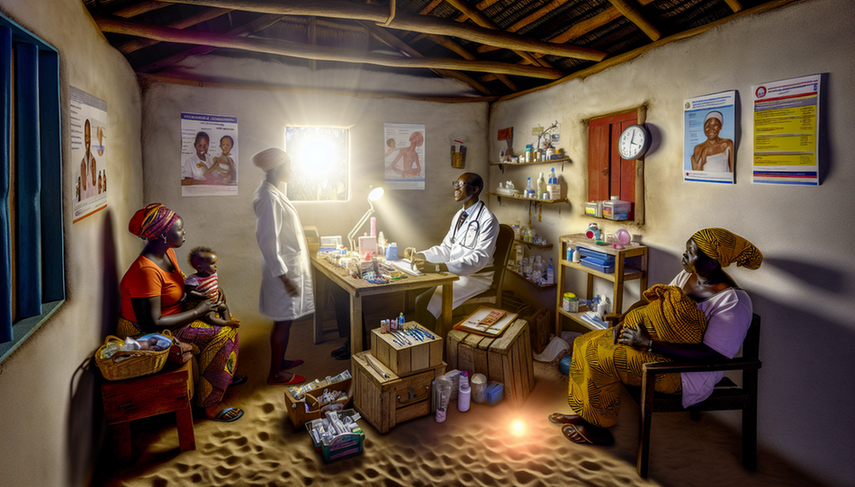Health Inequalities in Low-Resource Settings: Challenges and Strategies for Improvement in Primary Care and Global Health

Health inequalities in low-resource settings represent a significant challenge for global health. These disparities manifest in unequal access to primary care services, specialized treatments, and advanced diagnostics. In many cases, the most vulnerable populations face the greatest barriers to receiving adequate medical care, perpetuating a cycle of poverty and illness.
Diving Deeper into the Issue
In low- and middle-income countries, chronic diseases such as diabetes and cardiovascular diseases are prevalent and often poorly managed due to limited resources and access to adequate health services. A recent study highlights how these diseases disproportionately affect Black and Brown communities, exacerbating health inequalities in these populations.
Moreover, genetic diseases like sickle cell anemia present unique challenges in low-resource settings. In Uganda, for example, coping strategies and resilience have been identified that could serve as a model for interventions aimed at improving the quality of life for those affected by this disease [see study].
International cooperation and knowledge exchange are essential to address these disparities. Initiatives such as training healthcare professionals in colorectal surgery in sub-Saharan Africa demonstrate how innovation and collaboration can improve health outcomes in low-resource settings.
Conclusions
To mitigate health inequalities in low-resource settings, it is crucial to implement strategies that strengthen local health systems, improve access to medical care, and promote health education. The integration of technologies such as telemedicine and artificial intelligence can be a powerful tool to bridge the gap in access to healthcare [see study].
Ultimately, collaboration among governments, health organizations, and local communities is fundamental to advancing towards a more equitable and accessible health system for all.
References
- [1] Global Perspectives on Improving Chronic Disease Prevention and Management in Diverse Settings
- [2] Living with sickle cell in Uganda: A comprehensive perspective on challenges, coping strategies, and health interventions
- [3] Colorectal Cancer Outcomes: A Comparative Review of Resource-Limited Settings in Low- and Middle-Income Countries and Rural America
- [4] Colorectal Cancer Screening and Management in Low- and Middle-Income Countries and High-Income Countries: A Narrative Review
Created 13/1/2025
